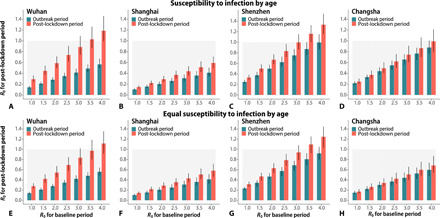Fig. 3. Effect of relaxing interventions on epidemic spread (assuming equal infectiousness by age).

(A) Estimated R0 during the outbreak and post-lockdown periods [mean and 95% confidence interval (CI)] as a function of baseline R0 (i.e., that derived by using the contact matrix estimated from the baseline period). The distribution of the transmission rate is estimated through the next-generation matrix approach by using 100 bootstrapped contact matrices for the baseline period to obtain the desired R0 values. We then use the estimated distribution of the transmission rate and the bootstrapped outbreak and post-lockdown contact matrices to estimate R0 for the outbreak period and the post-lockdown period, respectively. The 95% CIs account for uncertainty in the distribution of the transmission rate, mixing patterns, and susceptibility to infection by age. (B to D) Same as (A), but for Shanghai, Shenzhen, and Changsha. The figure includes both the scenario accounting for susceptibility to infection by age and the scenario where we assume that all individuals are equally susceptible to infection. (A) to (D) refer to the first scenario, and (E) to (H) refer to the second scenario.
